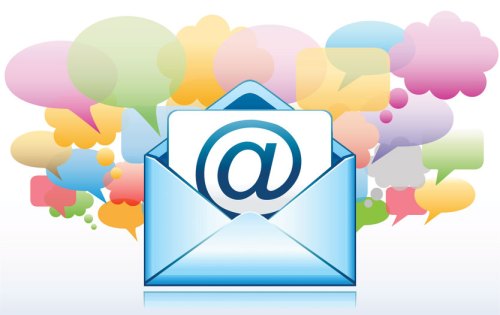 In the all important run up to the Christmas season (yes, it’s not that far off – in the retail world anyway!) it is now more important for brands to create engaging, relevant marketing strategies. At eCircle we were interested to find out just how well retail brands are communicating with their consumers through email. Driven by our curiosity we conducted a study of top UK retailers to analyse how effectively they used email as a method of communication. To carry out the study we signed up to all available newsletters from the Top 100 Hot Shops/Websites as listed by the IMRG and Hitwise.
In the all important run up to the Christmas season (yes, it’s not that far off – in the retail world anyway!) it is now more important for brands to create engaging, relevant marketing strategies. At eCircle we were interested to find out just how well retail brands are communicating with their consumers through email. Driven by our curiosity we conducted a study of top UK retailers to analyse how effectively they used email as a method of communication. To carry out the study we signed up to all available newsletters from the Top 100 Hot Shops/Websites as listed by the IMRG and Hitwise.
Here are some of the results:
• Retailers that had option to sign up to newsletter but never sent any emails out: 19 per cent
• Retailers that failed to deliver regular email communications: 29 per cent
• Retailers that failed to send a welcome message: 60 per cent
• Retailers that didn’t have a newsletter sign up option: 10 per cent
• Retailers that had option to sign up but needed mobile phone number or credit card: 6 per cent
As you can imagine we were quite surprised by some of the findings that seem to indicate how some big retailers are failing to get even the email marketing basics right.
Based on these results Simon Bowker, UK Managing Director at eCircle was invited to be guest author in Direct Marketing International Magazine. In his article ‘Retailers failing at the first e-hurdle’ he suggests three key steps retailers should take to improve their global email marketing strategies:
The three golden rules
1. Incentivise: Target new customers with a relevant incentive. One of the most well-known examples of this can be applied to ‘basket abandoners’. Industry research demonstrates that up to 75 percent of online shoppers abandon their shopping baskets before completing the checkout procedure. To win back this lost sale you can trigger an email response offering a compelling incentive for products that the customer has already shown an interest in. However, it’s advisable to limit offers to products above a certain value, and cap the number of incentives per subscriber.
2. Remind: Show lapsed customers why they signed up to receive your newsletter in the first place. What did you use in your original message and can you try to re-employ this tactic to encourage users to respond to your emails now? Overall, make sure your remarketing campaigns are based around users’ identified interests. If this doesn’t work then it might be worth removing these subscribers from your list. A drastic step, yes, but it’s better to have quality over quantity.
3. Reward: Identify frequent buyers and reward them with appropriate offers. You could set up a triggered loyalty scheme campaign where subscribers are rewarded with exclusive discounts, points for every £1 they spend or voucher codes if they spend a certain amount online within a set time.”
Read the full article here.
Regular email communication is intrinsic in engaging potential customers, rewarding loyalty and encouraging repeat purchases. The basics of email marketing shouldn’t be that difficult to get right if you follow the ‘three golden rules’.













